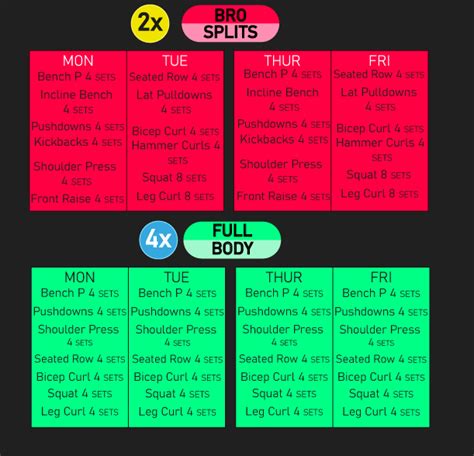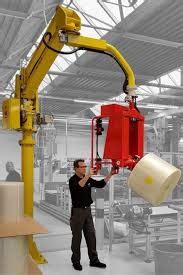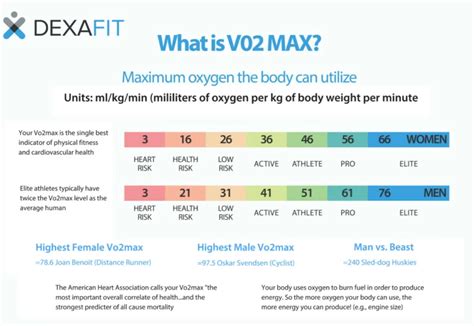Break strength plateaus: What advanced training methods fuel peak gains?

Every dedicated lifter eventually faces the dreaded strength plateau. That moment when your gains grind to a halt, and despite your best efforts, the weight on the bar or the number of reps refuses to budge. It’s a frustrating, but entirely normal, part of the strength journey. However, recognizing a plateau isn’t the end; it’s an invitation to elevate your training. To break through these barriers and unlock new levels of strength and muscle development, you need to introduce advanced training methods that challenge your body in novel ways.
Overcoming the Stagnation Point
Strength plateaus typically occur when your body has fully adapted to your current training stimulus. What once produced rapid gains now elicits a minimal response. To force continued adaptation, you must introduce a new, more intense, or varied stressor. This is where advanced training methods come into play – they are specifically designed to shock your system, disrupt homeostasis, and trigger a renewed anabolic response. Simply adding more sets or reps of the same old routine often isn’t enough; you need strategic manipulation of training variables.
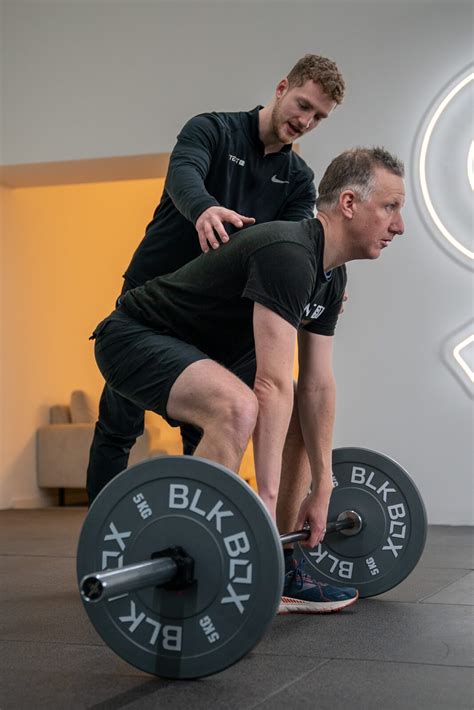
The Science Behind Advanced Techniques
Advanced training methods aren’t just about ‘going harder’; they are rooted in principles of exercise physiology. They manipulate intensity, volume, frequency, and tempo to achieve specific outcomes. Whether it’s increasing time under tension, enhancing muscle fiber recruitment, or improving neural drive, each method has a physiological rationale. Understanding these principles allows you to select the right tool for the job, rather than just blindly throwing techniques into your program. The goal is to create an intelligent overload that pushes your limits without leading to overtraining or injury.
1. Periodization for Strategic Progress
Periodization involves systematically varying your training program over time, breaking it down into distinct phases (macrocycles, mesocycles, microcycles) with specific goals. Instead of linear progression, it incorporates cycles of higher intensity, higher volume, deloads, and different rep ranges. This prevents adaptation, manages fatigue, and optimizes peak performance for specific periods. Common models include linear, undulating (daily or weekly), and block periodization.
2. Intensity Amplifiers: Drop Sets, Supersets, and Giant Sets
These methods are designed to increase the training density and time under tension, pushing muscles past their typical failure point.
- Drop Sets: After completing a set to failure, immediately reduce the weight and perform more reps to failure. This recruits more muscle fibers and creates immense metabolic stress.
- Supersets: Performing two exercises back-to-back with minimal rest. This can be for opposing muscle groups (e.g., biceps and triceps) or the same muscle group (e.g., chest press and flies) to increase intensity.
- Giant Sets: Similar to supersets but involving three or more exercises performed consecutively for the same muscle group.
These methods are incredibly taxing and should be used judiciously to avoid overtraining.

3. Eccentric Overload and Forced Reps
The eccentric (lowering) phase of a lift can handle significantly more weight than the concentric (lifting) phase.
- Eccentric Training (Negatives): Focus on controlling the lowering portion of the lift with heavier-than-normal weights or for extended durations. This can cause significant muscle damage and hypertrophy.
- Forced Reps: Performing additional repetitions past failure with the assistance of a spotter. This allows you to extend the set and push muscle fibers beyond their typical limit. These require a trusted spotter and should be used sparingly due to their high intensity.
4. Cluster Sets and Rest-Pause Training
These techniques introduce short intra-set rest periods to allow for more reps with heavier loads or to maintain higher power output.
- Cluster Sets: Breaking a traditional set into mini-sets with short (10-30 second) rests in between. For example, instead of 1×8, you might do 4×2 with a 20-second rest between each “cluster.” This allows you to lift heavier weights for a given total volume or maintain higher power output.
- Rest-Pause Training: Performing a set to failure, resting briefly (10-20 seconds), then doing a few more reps to failure with the same weight, repeating this 2-3 times. This method maximizes muscle fiber recruitment and metabolic stress.

5. Post-Activation Potentiation (PAP)
PAP leverages the physiological phenomenon where a maximal or near-maximal contraction can enhance subsequent explosive movements. It involves performing a heavy, low-rep lift (e.g., a heavy squat) followed by a short rest, then an explosive movement using the same muscle groups (e.g., box jumps or jump squats). The heavy lift primes the nervous system, leading to greater force production in the subsequent explosive exercise, improving power and strength.
The Critical Role of Recovery and Nutrition
Implementing advanced training methods places significant stress on your body. Without adequate recovery and precise nutrition, these techniques can quickly lead to overtraining, injury, and stalled progress. Prioritize:
- Sleep: Aim for 7-9 hours of quality sleep per night.
- Nutrition: Ensure sufficient protein intake for muscle repair and growth (1.6-2.2g/kg body weight), adequate carbohydrates for energy, and healthy fats for hormonal function.
- Hydration: Crucial for all bodily functions and performance.
- Active Recovery: Light cardio, stretching, and foam rolling can aid recovery and mobility.
Neglecting these aspects will negate the benefits of even the most advanced training protocols.

Implementing Advanced Methods Safely
While powerful, advanced training methods are not for beginners. They require a solid foundation of strength, proper form, and body awareness. Introduce them gradually, focusing on one or two methods at a time, and listen to your body. Overtraining is a real risk. It’s also wise to incorporate planned deload weeks where you reduce volume and intensity, allowing your body to fully recover and supercompensate. Consulting with an experienced coach can provide personalized guidance and ensure safe application of these high-intensity techniques.
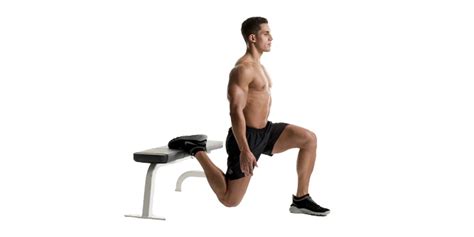
Breaking strength plateaus requires a smart, strategic approach. By incorporating advanced training methods like periodization, various intensity amplifiers, eccentric overload, cluster sets, and PAP, you can systematically challenge your body and force new adaptations. Remember, these tools are powerful, but their effectiveness is maximized when combined with meticulous recovery, optimal nutrition, and a gradual, intelligent application. Step beyond your comfort zone, embrace these advanced techniques, and unlock your true strength potential.
